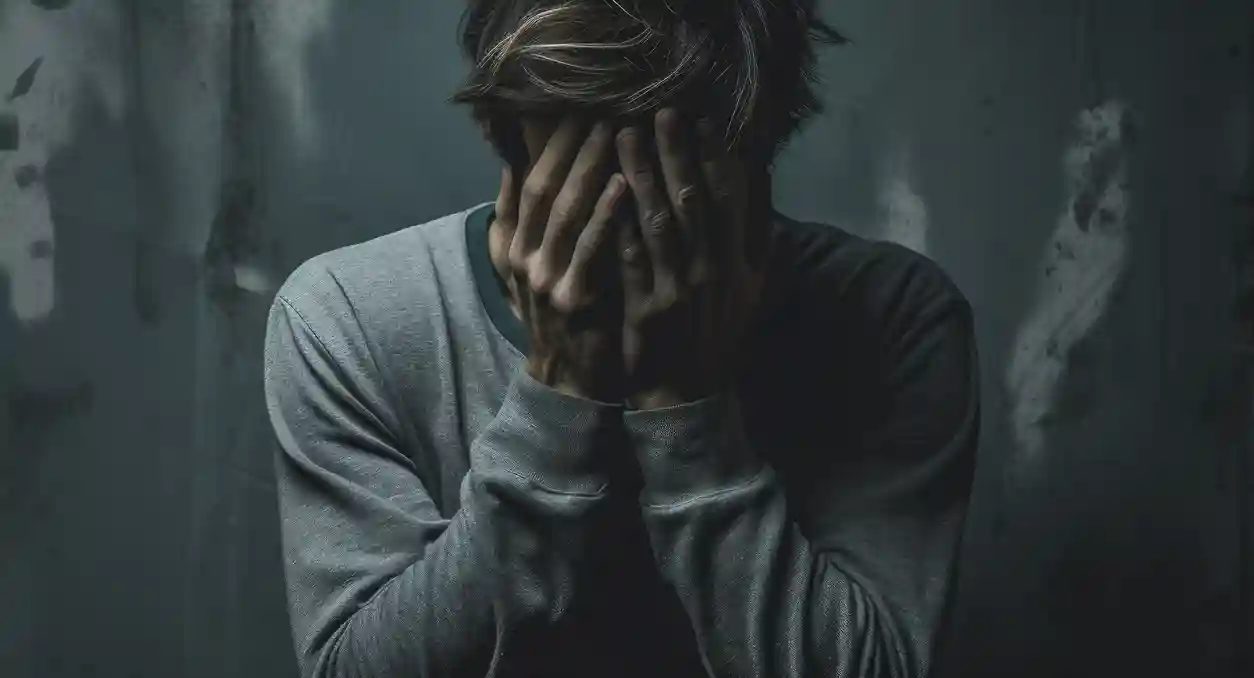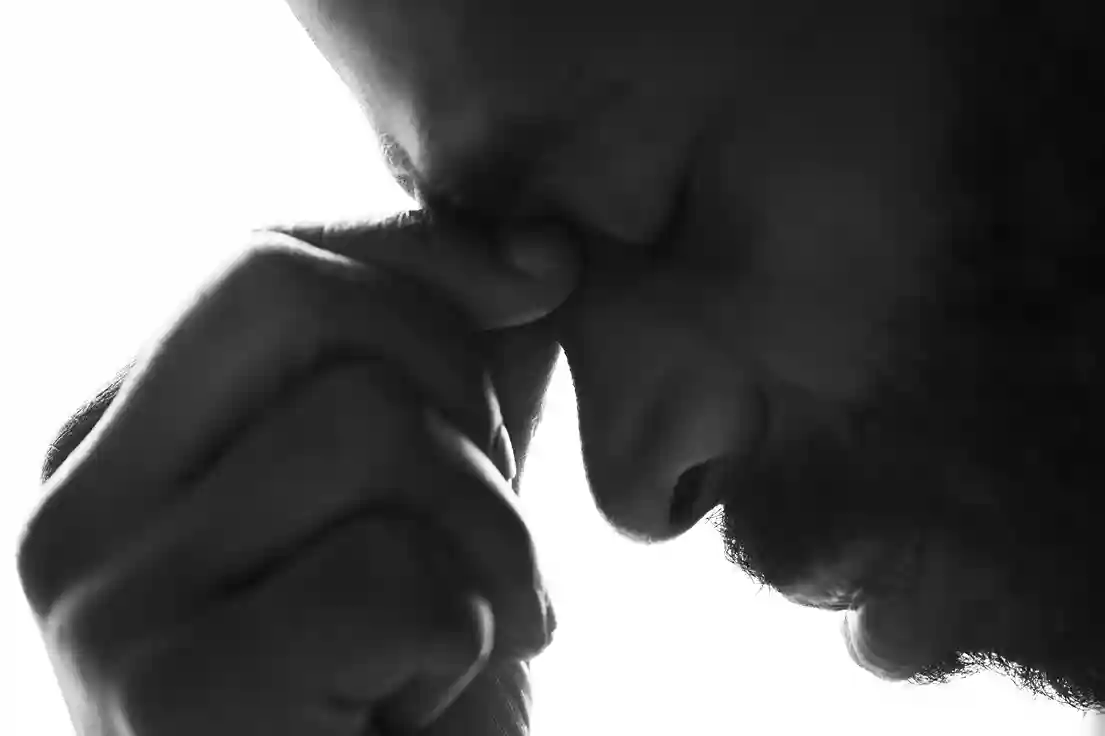Treatment-Resistant Bipolar Depression(TRBD) is a complex and difficult-to-treat condition of individuals who do not respond adequately to usual treatments for bipolar depression. This type of depression resists being helped by psychotherapy, medication, or the use of both therapy and medication. To effectively manage TRBD impact and improve quality of life, it is important to understand TRBD. In this article we will discuss the details of treatment-resistant bipolar depression, suitable management strategies, and will answer some of the frequently asked questions, so that all of us will get a complete view of TRBD.
What is Treatment-Resistant Bipolar Depression?
When bipolar disorder doesn’t respond to two properly chosen treatments, we call it treatment-resistant bipolar depression. Doctors use several standard ways to treat bipolar depression that doesn’t respond to the usual attempts: mood changers, antidepressants, talk therapy, and other standard treatments.
TRBD is different from bipolar depression because it keeps getting worse, even when people try their normal bipolar depression treatments. The disorder tears through patients’ lives by making them feel soul-suckingly sad for a long time and taking away their healthy drive and ability to act.
Identifying Treatment-Resistant Bipolar Depression by Its Signs and Symptoms
Knowing the signs of treatment-resistant bipolar depression to help make a correct diagnosis:
- Persistent depressive episodes: Treatment works for a while, then either fails to stop symptoms or doesn’t help them last as long as usual.
- Limited response to therapy: Symptoms stay largely unchanged when patients try various treatments again and again.
- Intense feelings of hopelessness: The depression gets so bad that it stops you from leading a normal life.
- Severe energy depletion: Exhaustion makes it hard to get work done.
- Cognitive impairments: Problems with being able to pay attention, making smart choices, and remembering things.
Getting the right help starts with having a mental health expert check your symptoms and guide you to the best treatments.
Causes of Treatment-Resistant Bipolar Depression
TRBD arises due to various factors, including:
- Biological factors: Genetic predispositions and chemicals active in your brain can lead to TRBD.
- Medication resistance: The medications that usually work don’t help the person in this state.
- Misdiagnosis: Having the same symptoms as other mental disorders makes it harder for doctors to treat bipolar depression.
- Lifestyle factors: Symptoms worsen when you don’t get enough sleep, you’re inactive, or abuse drugs and alcohol.

Effective Strategies for Managing Treatment-Resistant Bipolar Depression
1. A complete examination of the person’s mental health condition
Checking carefully makes sure we aren’t mistaking bipolar depression for other problems or illnesses. Doing this evaluation lets doctors choose treatments that are best matched to each person’s needs.
2. Medication Optimization
Choosing the best drug mix makes a big difference in getting treatment right. Doctors check what works best by trying different combinations of three common medicine groups: mood stabilizers, atypical antipsychotics, and antidepressants.
3. Psychotherapy
Strategies from Cognitive Behavioral Therapy (CBT) and Dialectical Behavior Therapy (DBT) show people how to better handle their symptoms.
4. Electroconvulsive Therapy (ECT)
ECT works well when other treatments for severe TRBD cases haven’t helped and is known to be both safe and good at treating symptoms.
5. Lifestyle Modifications
Living a healthier lifestyle can make your moods much more balanced. Eating healthily, getting enough exercise, and making good sleep habits help people stay mentally well.
6. Mindfulness and Meditation
Mindfulness-based stress reduction (MBSR) and meditation help people control their emotions better while also fighting depression.
7. Peer Support Groups
Finding people who know what you’re going through helps you get through tough times and answers your questions.
8. Combining Treatments for Other Conditions Exists Side by Side
People with bipolar depression must treat both their main depression symptoms and their accompanying anxiety, substance abuse, or thyroid problems at the same time.
9. Ketamine Infusion Therapy
Ketamine infusions have produced early results that reduce depression in TRBD patients by working on their glutamate pathways.
10. Transcranial Magnetic Stimulation (TMS)
TMS, an easy procedure that applies magnetic pulses to parts of the brain, helps people suffering from TRBD feel better.
Holistic Approaches to Treatment-Resistant Bipolar Depression
Along with modern medicine, alternative treatments can be good partners for managing bipolar depression:
- Nutritional Therapy: Eating foods with nutrients like omega-3 fatty acids, vitamin D, and magnesium helps our mood stay steadier.
- Acupuncture: The medical research now shows acupuncture helps some people manage their depression better.
- Art and Music Therapy: Expressing ourselves any way we can helps us manage our feelings better and handle stress more effectively.
- Yoga: Having a consistent yoga routine makes you feel happier and helps ease your nervousness.
The Role of Family and Caregivers
Family members and caregivers help greatly in supporting individuals with treatment-resistant bipolar depression. They help by doing several support activities:
- Educating themselves: Learning how TRBD works makes people better able to help.
- Monitoring symptoms: Tracking when good and bad moods happen and what causes them.
- Encouraging treatment adherence: Helping the patient do what their doctor says to do with their medical plan.
- Providing emotional support: Supporting someone going through treatment-resistant bipolar depression by standing with them and feeling their pain.
To help themselves and their loved ones better, caregivers need to reach out and get support.
Myths About Treatment-Resistant Bipolar Depression
Several wrong ideas about TRBD need to be corrected:
- Myth 1: “It’s untreatable.” The disorder can be treated successfully if medical professionals guide you appropriately.
- Myth 2: “Patients are just not trying hard enough.” The problem isn’t the effort patients put in; it’s a medical condition they can’t control. TRBD is a real health issue—not something that someone can simply choose to overcome.
- Myth 3: “All treatments work the same for everyone.” One size does not fit everyone—every treatment path works differently for every person. Everybody with TRBD follows their own path toward recovery.
Getting rid of these false ideas helps promote kinder and more thoughtful relationships.
Conclusion
While treatment-resistant bipolar depression can be tough to handle, we can make real progress when we grasp its various aspects and use many different solutions. Tailoring medicines and therapies that match with evidence, plus voluntary lifestyle changes, can help people with TRBD control their symptoms and live better.
Reach out for help right now if you or a loved one is struggling with treatment-resistant bipolar depression. There is still hope present. Find a therapist now and talk about what path will be the best for you to get better.
FAQs: Treatment-Resistant Bipolar Depression
What makes bipolar depression treatment-resistant?
When many tried-and-true bipolar depression treatments don’t work, treatment-resistant depression develops. Having biological resistance to treatment, receiving wrong diagnoses, or health issues make it harder for usual treatments to work.
Can TRBD be cured?
While TRBD cannot always be cured, it can be handled well through a mix of medical choices, making healthy changes to your daily life, and having support around you.
How is TRBD diagnosed?
Expert mental health professionals need to run a thorough evaluation with patients to figure out their condition, including looking at medical history, checking how they feel, and reacting to past treatments.
Are alternative treatments effective for TRBD?
Studies show that individuals dealing with TRBD find success in using two new treatment methods: ketamine infusions and transcranial magnetic stimulation.
How can caregivers help individuals with TRBD?
Caregivers help by comforting people with TRBD, watching for warning signs, reminding them to stick to doctor’s advice, and sharing what they learn about the illness to better guide their loved ones.
What role does lifestyle play in managing TRBD?
Staying active, getting enough sleep, and eating well change how you feel and make life better.
Is TRBD common?
Although most people with bipolar disorder don’t struggle with TRBD, it’s a big challenge for some patients.
How long does it take to find an effective treatment for TRBD?
The time needed to find an effective treatment plan changes from person to person. Finding the right treatment can take months or years for different people.

